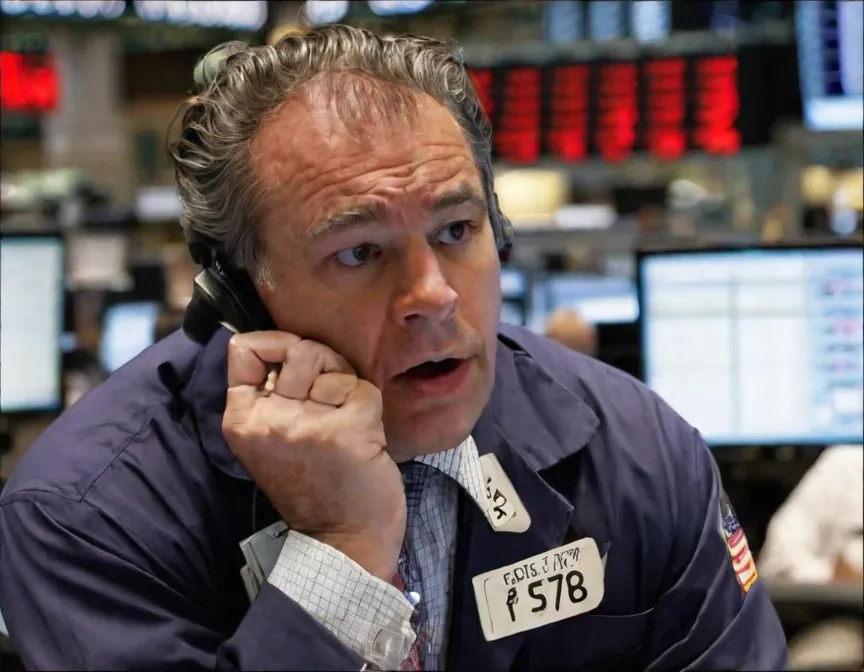Bond Valuation: Price and Yield Relationship
Dive into the dynamic bond market where prices and yields dance, guided by coupon rates and market intricacies, providing insights for investors.

Price and Yield Dynamics in Bonds: Unveiling the Connection
Welcome to the world of bonds, where the dance between price and yield holds a critical role in shaping investment decisions. Whether you're a seasoned investor or a newcomer to the financial realm, understanding this relationship is key to navigating the debt and money markets.
Price-Yield Relationship: A Balancing Act
In the bond universe, the connection between price and yield is akin to a see-saw. When one side rises, the other descends. This inverse relationship is pivotal for evaluating bond investments, calculating returns, and ultimately making well-informed decisions.
Coupon Rate, Required Yield, and Price: The Trifecta
-
Coupon Rate: Imagine the coupon rate as a fixed interest payment promised by a bond at the time of issuance.
-
Required Yield: Also known as market yield or yield to maturity, this represents the return investors demand from a bond.
-
Price: The bond's price is influenced by the interplay between its fixed coupon rate and the prevailing market yield.
Pricing Dynamics: Premiums and Discounts
-
Premium Pricing: If the coupon rate is higher than the required yield, the bond is considered premium. Investors are willing to pay more for the higher coupon payments, driving the bond's price above its face value.
-
Discount Pricing: Conversely, if the coupon rate is lower than the required yield, the bond is discounted. Here, the bond's price is lower than its face value to compensate for the reduced coupon payments.
Bond Price and Time if Interest Rates are Unchanged: Convergence to Face Value
Assuming interest rates remain steady, a bond's price gradually moves toward its face value as it approaches maturity. This shift occurs because the future cash flows become more certain and align closely with the bond's face value, eliminating any premium or discount.
Factors Influencing Bond Prices: Unraveling the Web
Several factors can sway the price of a bond, including changes in market interest rates, credit quality, time to maturity, and market demand.
-
Interest Rate Changes: Bond prices move inversely with market interest rates. Rising rates make existing bonds less attractive, causing prices to fall, and vice versa.
-
Credit Quality: Perceived changes in the issuer's creditworthiness impact bond prices. Improvements may lead to price increases, while downgrades can result in decreases.
-
Time to Maturity: As a bond nears maturity, its price tends to gravitate toward face value due to reduced uncertainty in future cash flows.
-
Market Demand: Supply and demand dynamics play a role. Strong demand can raise prices, while limited demand may lead to decreases.
Conclusion: Navigating the Bond Landscape
Understanding the intricate relationship between bond price and yield empowers investors to assess investments, gauge returns, and make informed choices. The interplay of coupon rates, required yields, and pricing dynamics unveils whether a bond is at a premium or discount. Factors like interest rate changes, credit quality shifts, time to maturity, and market demand all contribute to the complex ballet of bond prices in the financial arena.
This article takes inspiration from a lesson found in FIN 4243 at the University of Florida.